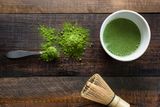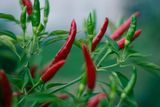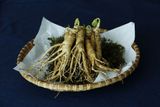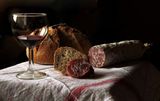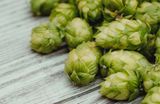Author: Rositsa Tashkova, Master of Molecular Biology and Microbiology
Due to the adverse side effects of existing drugs for the treatment of cancer, scientists continue to look for chemotherapeutics, which are both safe and effective. Often such substances are sought in plants.
This is also the case with stinging nettle (Urtica dioica), which has been the subject of much research in this area and is one of the most studied herbs. In this article we will look at the results of these studies in recentyears. It is based on the article Therapeutic Perspectives of Molecules from Urtica dioica Extracts for Cancer Treatment, 2019, Molecules [ref.1].
Healing Properties of Stinging Nettle
The healing properties of nettle are associated with a number of its properties:
- Anti-inflammatory,
- Against asthma,
- Astringent,
- Diuretic,
- Causing the release of breast milk,
- Improving digestion,
- Stimulating.
Nettle leaves extract is used as an antihemorrhagic agent to reduce excessive menstrual flow and nosebleeds.
The roots and green parts of the herb are used for different purposes:
- Roots - against benign prostatic hyperplasia,
- Green parts - in urinary tract disorders and rheumatic conditions, and fresh freeze-dried leaves are used to treat allergies.
According to some studies, nettle also has an analgesic (pain relieving) potential and prevents blood clotting (it's an antiaggregation factor).
Its beneficial effects on cardiovascular and smooth muscle activity are also described - as a hypotensive agent, that is, to lower blood pressure.
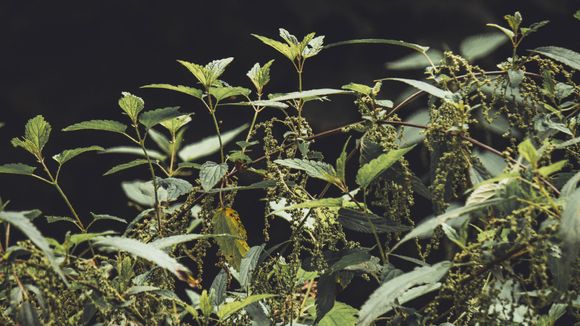
How Can Substances in Nettle Interfere With Cancer
This can be achieved through various biochemical and molecular mechanisms involved in the control and development of cancer. Plants contain a number of bioactive molecules that are capable of triggering cell protection and an appropriate response to stressors.
This protection and reaction may consist of:
- activation of antioxidant enzymes,
- induce programmed cell death in cancer cells (apoptosis),
- stop the cell cycle (otherwise cancer cells divide and multiply uncontrollably).
Antioxidant Activity of Nettle and Its Importance for Cancer
It is known that oxidative stress (caused by an excessive amount of free radicals) can lead to the formation of mutagens, and they in turn - to the onset and development of cancer.
Due to the presence of large amounts of antioxidants in the nettle (Urtica dioica), and in particular in the leaves, this herb is able to lower oxidative stress and manifest chemoprophylactic function.
In addition, it has been found that some nettle extracts may increase the activity of antioxidant enzymes and thereby accelerate the fight against free radicals.
Read more in the articles and .
- What are free radicals and antioxidants
- What are the benefits of antioxidants for health and which foods are richest to them
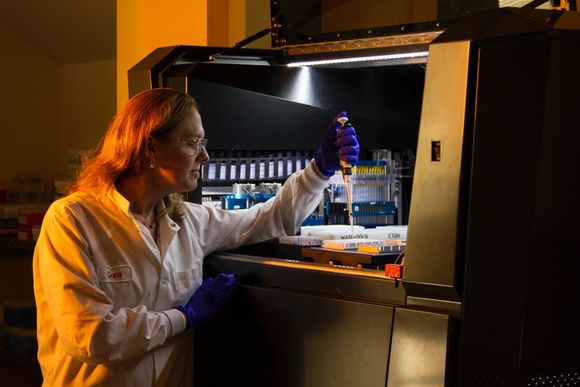
Cytotoxic Effects of Nettle or Its Ability to Kill and Suppress Cancer Cells
One of the main properties of chemotherapeutics is their ability to kill cancer cells and stop their life cycle (that is, lead to apoptosis and suppress proliferation or division).
These effects of various nettle extracts on human cancer cell lines or animal models have been studied and these extracts have been found to:
- Inhibit the proliferation or division of cancer cells in cervical, prostate, some types of breast, colon, stomach, lung and epidermoid cancer in laboratory conditions.
- Cause programmed cell death in the same cancer cells, except in those of cervical cancer and epidermoid carcinoma.
Specific molecules contained in nettle have also been identified, to which these effects are due: scopollin, β-sytosterol, oxylypine.
Nettle Extracts and Breast Cancer
Breast cancer is one of the main causes of death in the world after cardiovascular disease. Invasiveness of the tumor and metastases are the main reason for this.
Water and spirit extracts of nettle leaves are also being studied to assess their potential to be used as an accompanying or adjuvant treatment for this disease. The studies are mainly on the MCF-7, MDA-MB-468 and MDA-MB-231 cell lines, as well as on mouse models of breast cancer.
These studies show that extracts have the ability to suppress the proliferation of cancer cells, suppress metastasizing (the spread of cancer to other organs) and cause apoptosis (programmed cell death).
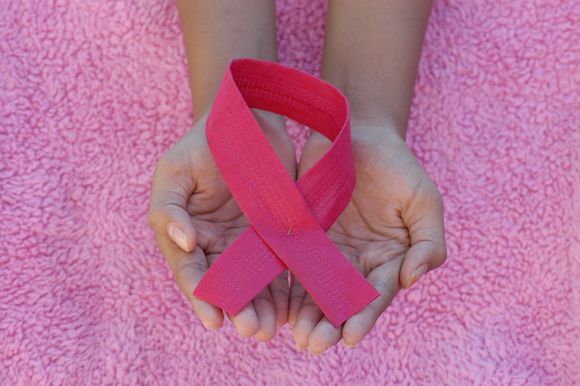
It is important to note that these studies have not been conducted in human clinical trials and their results are not evidence that nettle cures cancer, but a ray of hope. Cancers are extremely complex and insidious, so we need to take a responsible approach to our health and follow the treatment prescribed by our doctor, and we can discuss with him the possibility of adding specific medicinal plants to accompany the main therapy or to alleviate the side effects of it.
Read more in the article .
Q&A
How to prepare nettle tea?
1 tablespoon of dried nettle leaves are steamed in 200 ml of boiling water and allowed to stand for 60 minutes at room temperature. Than it's strained. The infusion has a durability of 12 hours in the refrigerator and 120 ml of it are taken during the day.
When is nettle picked?
Stalks and leaves are picked during flowering, that is, in May and June.
Are there nettle doppelgangers?
There are severalplant species in the nettle family with which you can confuse stinging nettle (Urtica dioica). Such are the white dead nettle (Lamium album), red dead nettle (Lamium purpureum) and false nettle (Boehmeria cylindrica). [ref.2]


